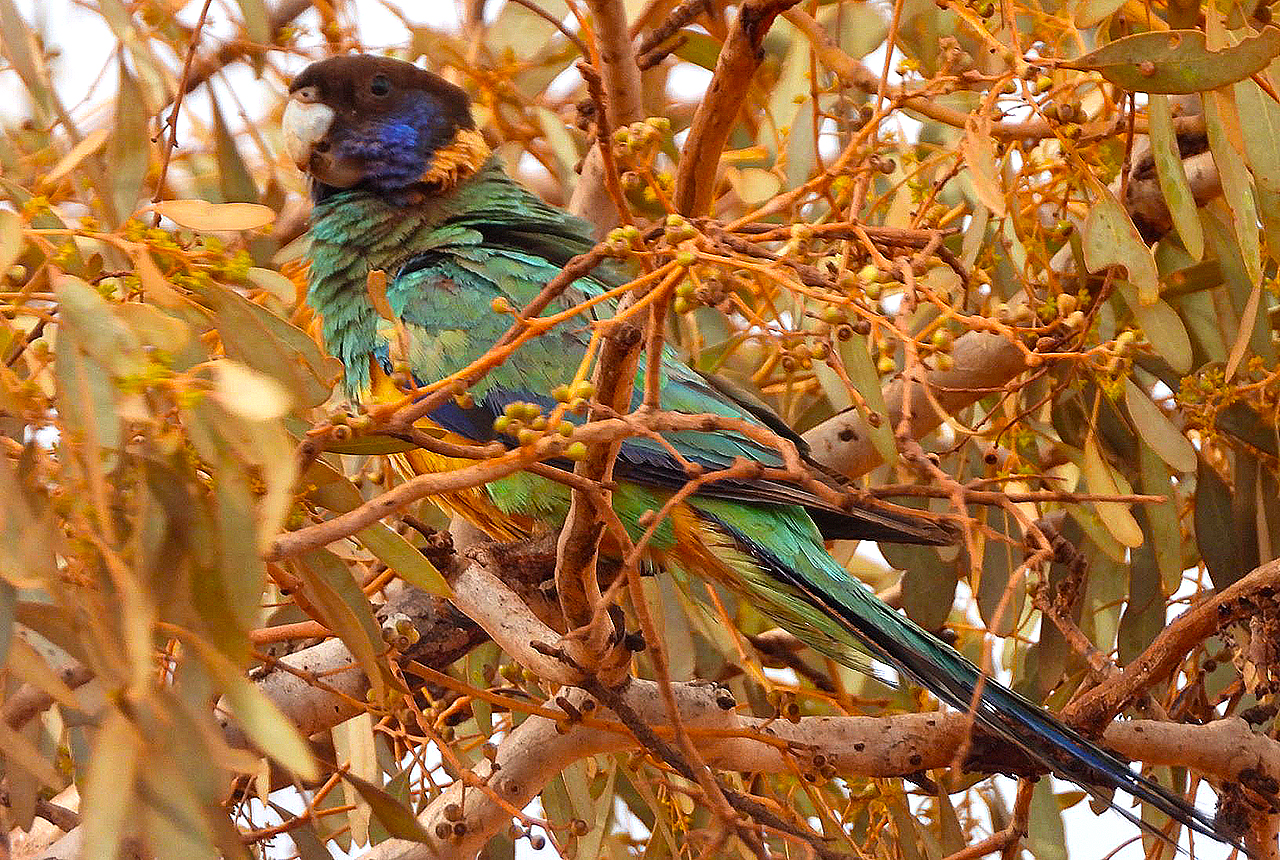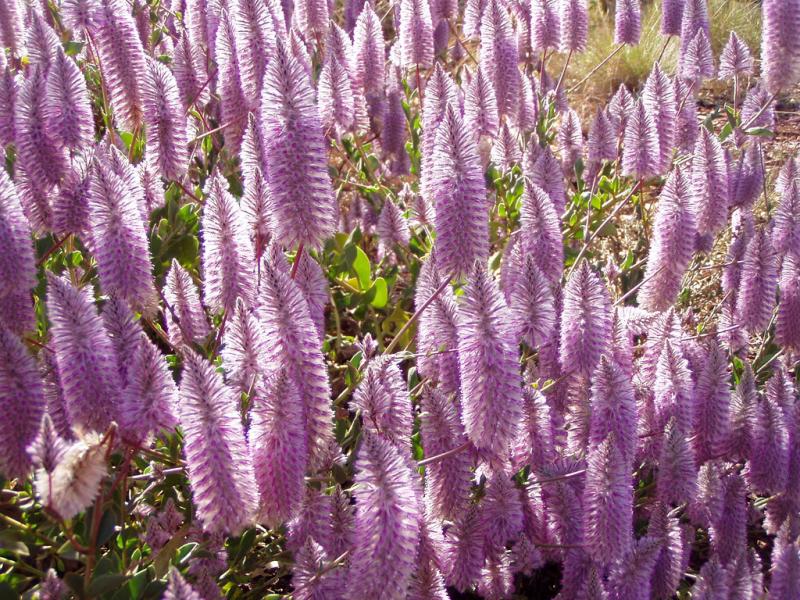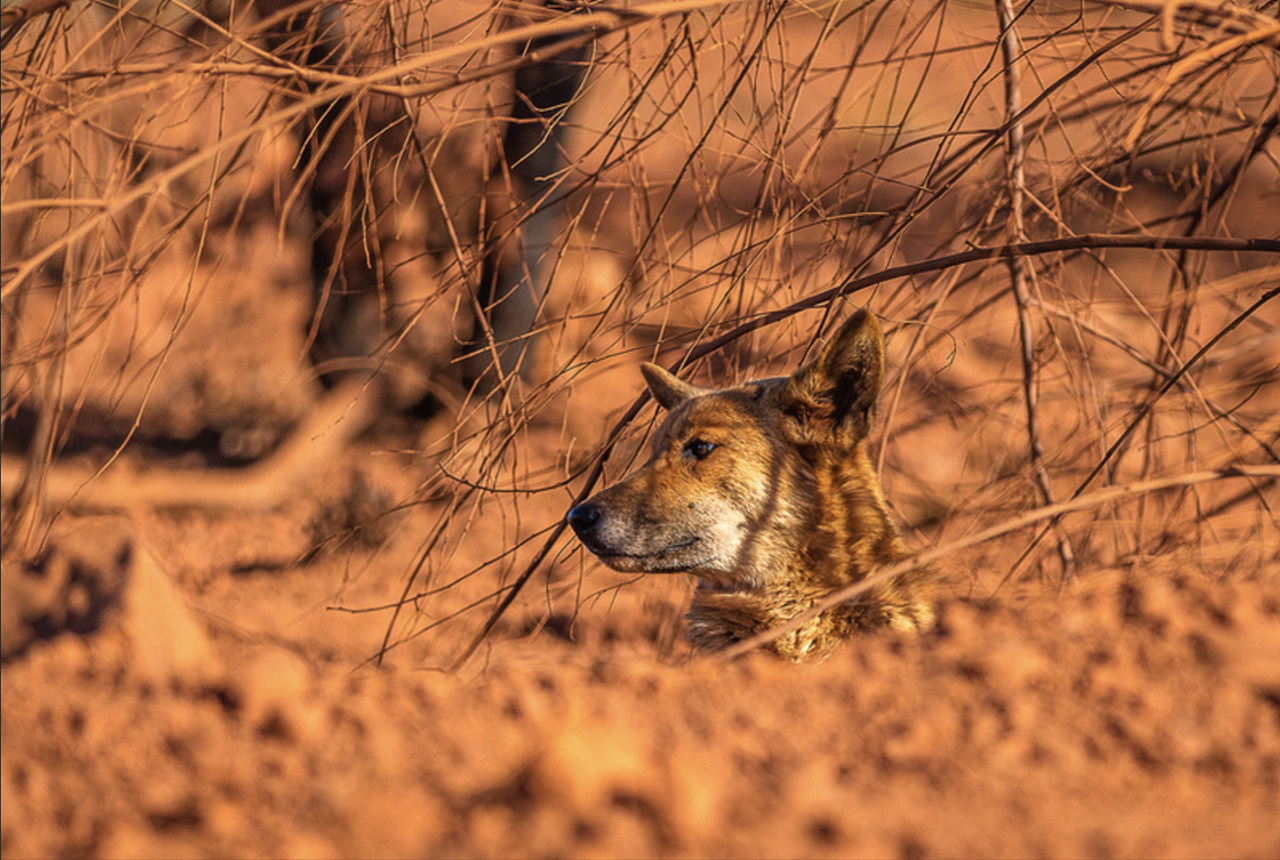Nature & Wildlife



Australian Wildflowers & Wildlife in the Spectacular Karijini National Park
Karijini is a nature lover's dream, home to an exciting variety of wildflowers and native wildlife, which can be spotted as you explore the Park. Over half a million hectares of ancient country combines spectacular scenery with once-in-a-lifetime nature and wildlife encounters.
Plants
A number of ecosystems, from semi-arid to tropical, account for the plant diversity. White-barked snappy gum trees famously contrast with Karijini's red earth. Spinifex hummocks, acacias, eucalypts, melaleucas, low mulga woodlands, fern-lined rock pools, fig trees clinging to cliff walls, and blankets of seasonal wildflowers are just some of the sights you'll wander amongst along the Park's hiking trails.
Wildflowers
Wildflowers vary in abundance with the seasons and from year to year but there is always something interesting in bloom. Many plants in the park bloom profusely after rains. In the cooler months (June to September) the land is covered with numerous yellow flowering sennas/cassias and acacias/wattles, northern bluebells and purple mulla mullas. The bright red Sturt's desert pea and Wickham's grevillea, the pink-purple-blue Ashburton pea and the blue bachelor's button can also be spotted.
Birds
There are 125 species of birds in the park, especially in fringing vegetation along pools and streams. Look for the endemic spinifex pigeon with its tall head crest.
Kangaroos, Wallabies, Echidnas, Dingoes, Quolls & More
If you are observant, you may also encounter red kangaroos, euros (kangaroos that are common to the rocky country), Rothschild’s rock wallabies, echidnas, dingoes and several types of bats. Many species of native rodents and marsupial carnivores such as the endangered northern quoll and Pilbara ningaui are resident, but nocturnal and shy. Reptiles and amphibians such as frogs, geckoes, goannas, dragons, legless lizards, pythons and other snakes abound within the park. The bungarra (sand goanna) can grow up to 1.6m and you might see one foraging and smelling the air with its forked tongue.
Two interesting wildlife homes to look for are the large, striking termite mounds scattered throughout the spinifex grasslands, and the rock piles built by the rare native Western pebble-mound mouse, found only in the Pilbara region. Mounds can be seen on stony slopes, but please do not disturb them.
There are no crocodiles in Karijini National Park! You may spot little fish in some of the streams and rock pools, particularly Fern Pool and Kalamina.
Visit the Atlas of Living Australia to find out more about Karijini's flora and fauna.
Karijini Eco Retreat operates within the Karijini National Park, in collaboration with the Department of Biodiversity, Conservation and Attractions (DBCA) and the Traditional Owners, to contribute to the management of the environmental, geographical and cultural values of this world-class park. A portion of your tariff and park entry fee is invested in the conservation of the Karijini National Park.










